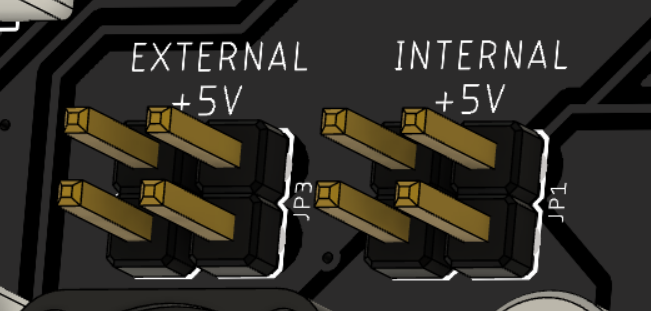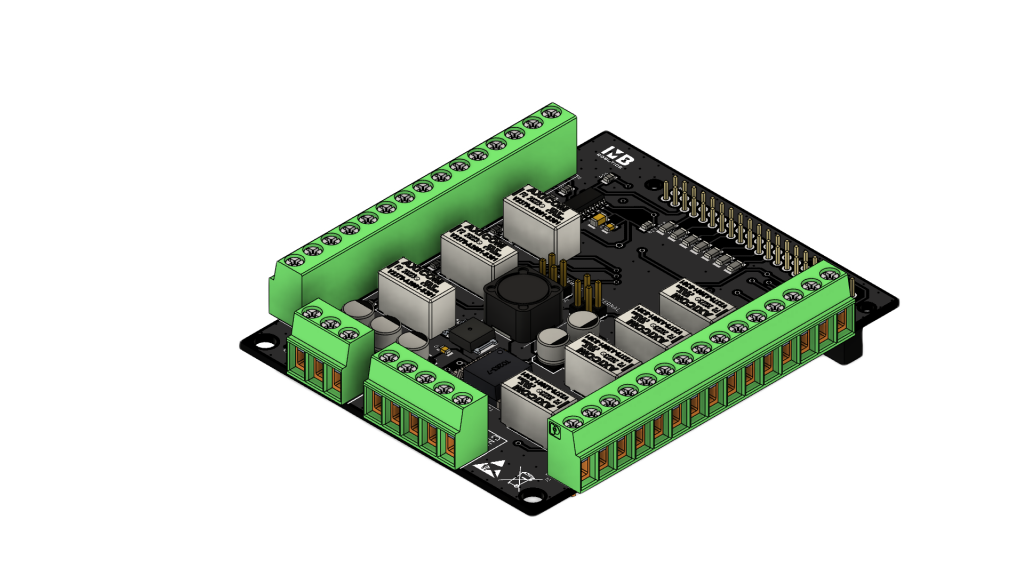
Industrial HAT
Hello,
In this regard, we will introduce the Industrial HAT card to you.
Take control of and monitor your world with our ultimate jack-of-all-trades Industrial HAT!
Feed your development board (Raspberry Pi, Jetson NANO etc.) as you want with two different feeding options (5-24V) according to its applications.
With the LEDs working depending on the 7 relays, you can understand whether the relay is triggered or not!
We’ve pulled together a great set of features into this home monitoring and automation controller. With relays, analog channels (4-20mA and 24V tolerant) and buffered inputs (24V tolerant) you can now hook up a plethora of goodies to your development board all at once.
Ideal for smart home and automation projects, giving your greenhouse intelligent sprinklers, or scheduling your fish feeding!
What's automation?
Automation is the automatic process of doing things without human intervention in industry, management, and scientific work.
They are used to measure, control and automate a house equipped with special systems or anything related to a robotic/machinery system.
These systems can be used with hardware devices such as temperature and motion sensors to ensure safety and to warn the user in case of a dangerous situation.
What do all those terminals and pins do?
Let’s take a look at the relevant documents now (if you aren’t used to the parts and terminology, they may need translating).
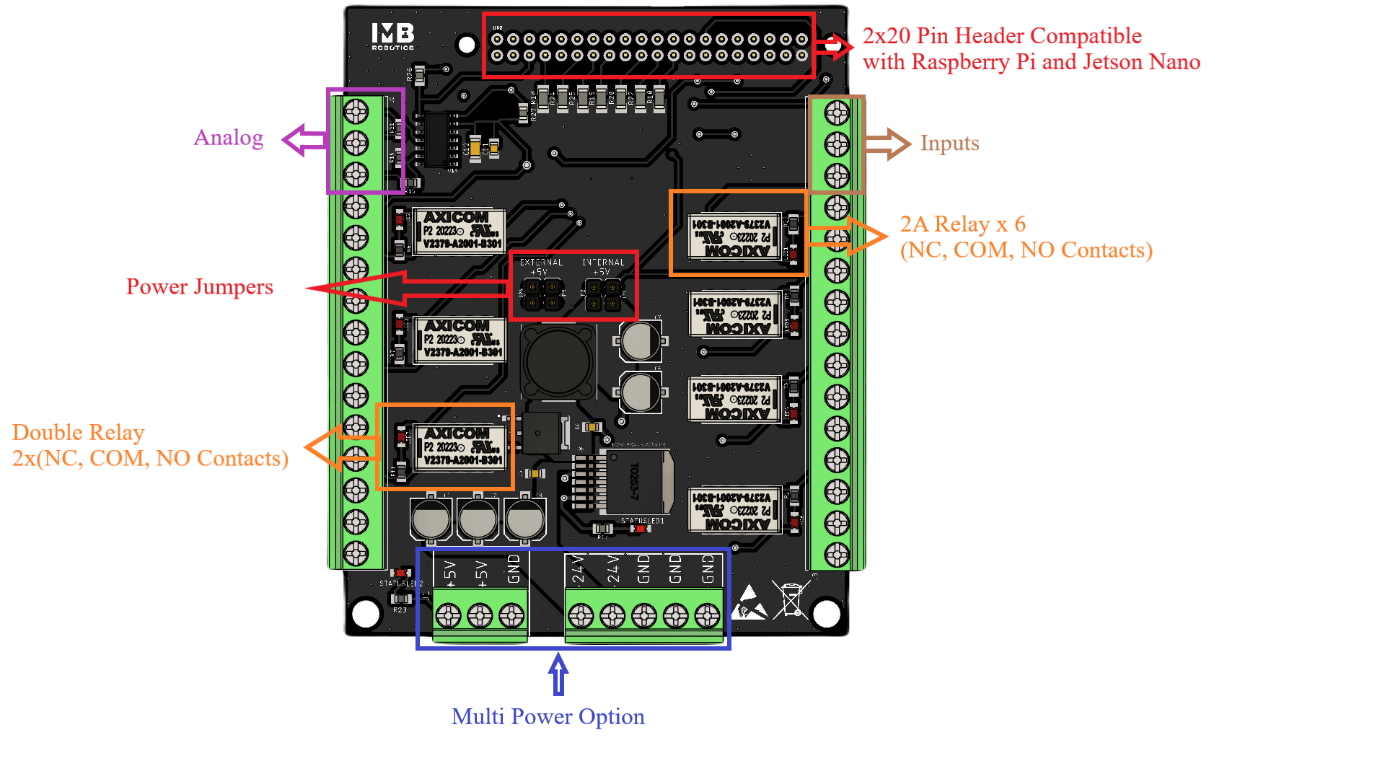
Signals
We’ll begin with analog and inputs, because they’re BOTH types of input. This is where you pick a space to plug your sensor in to.
An analog input can be any value, so for instance you could plug in a ultrasonic sensor and use it to read all distances.
The inputs can read lots of values, but only send two signals – on or off. If a tiny voltage or a zero voltage comes through the sensor, it stays off.
If more than 3V (and less than 24V, because anything bigger will do “Bad Things” to your Industrial HAT) comes through the sensor, it stays on.
So, it should be clear now that if you want an on or off, use input. If you want a range of information to act upon, use analog (marked ADC on the board).
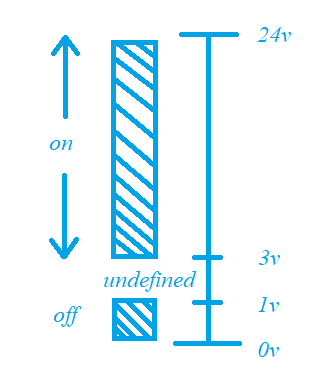
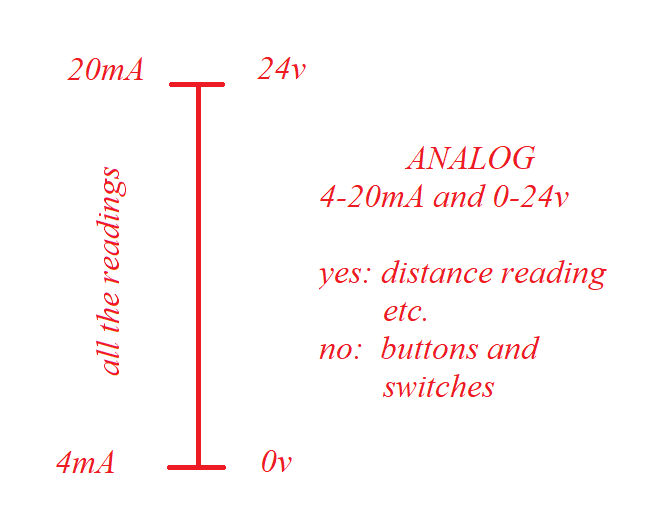
Relay
A relay is an electrically operated, electromagnetic switch. In other words, it is a circuit element that works when current flows through it.
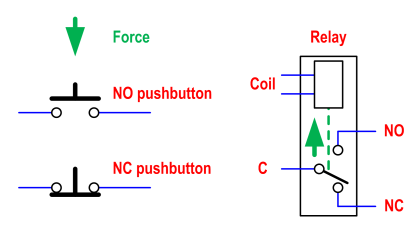
When you decide to turn it on, the electromagnet pulls the switch to the other side and connects your circuit. When it’s off, it snaps back to the original side (Normally Closed, or NC). It’s kind of like a clothes peg. Normally closed, and the bit that you squeeze is the Normally Open side. The side that you should connect to your circuit is called Normally Open or NO, because when you’re not using it, it sits there open and unjoined up, breaking your circuit and not letting any electricity flow.
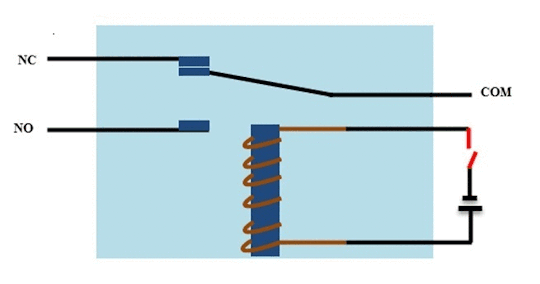
So, a relay is a mechanical switch, which means two things, it’s not as fast at changing as the electrical one, and it will also eventually wear out. However it’s safer, electrically, than the output.
Power
Industrial HAT is basically a joiner of circuits, which you can control using the Raspberry Pi or Jetson Nano etc. With the supply inputs on the Industrial HAT, you can activate your system with the 5V or 24V supply option.
With the supply inputs on the Industrial HAT, you can activate your system with the 5V or 24V supply option.
Do not forget to activate the supply input you use by connecting the internal or external 5V headers on the board!
